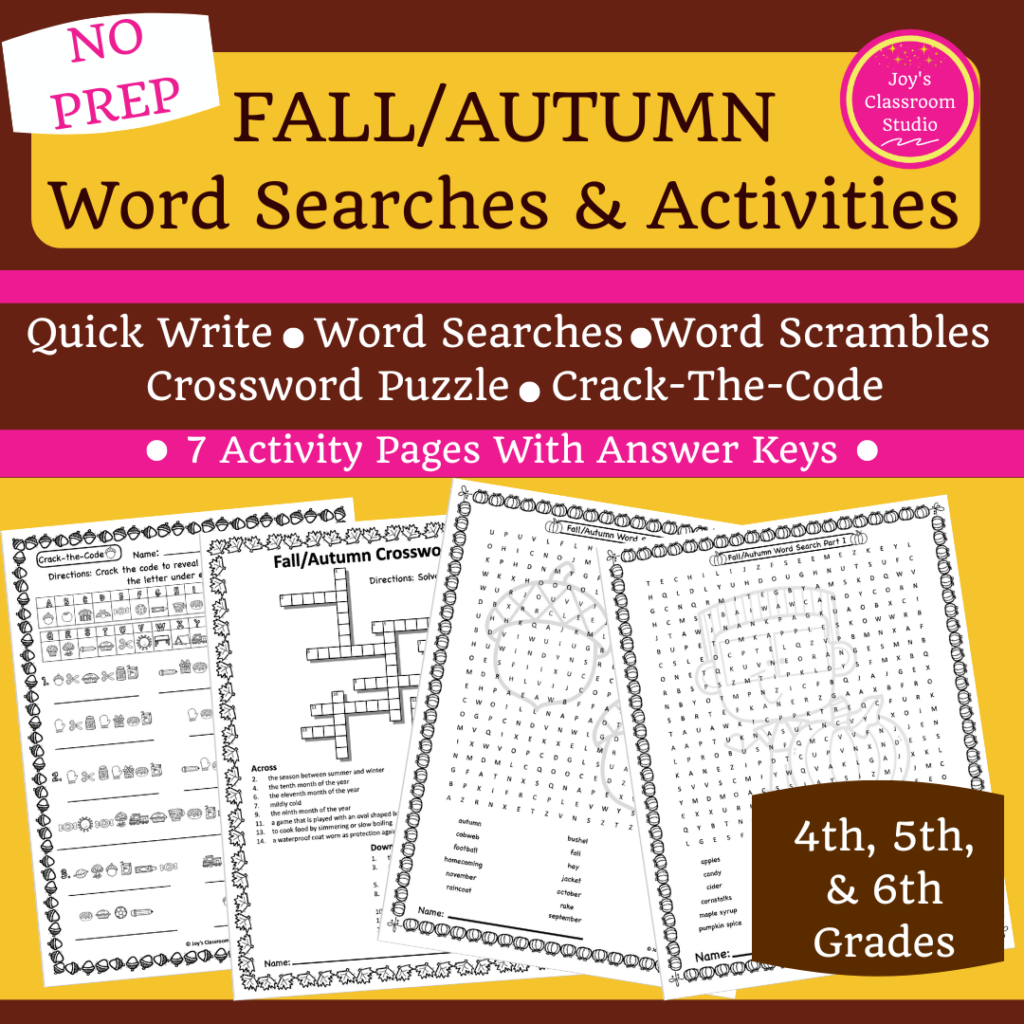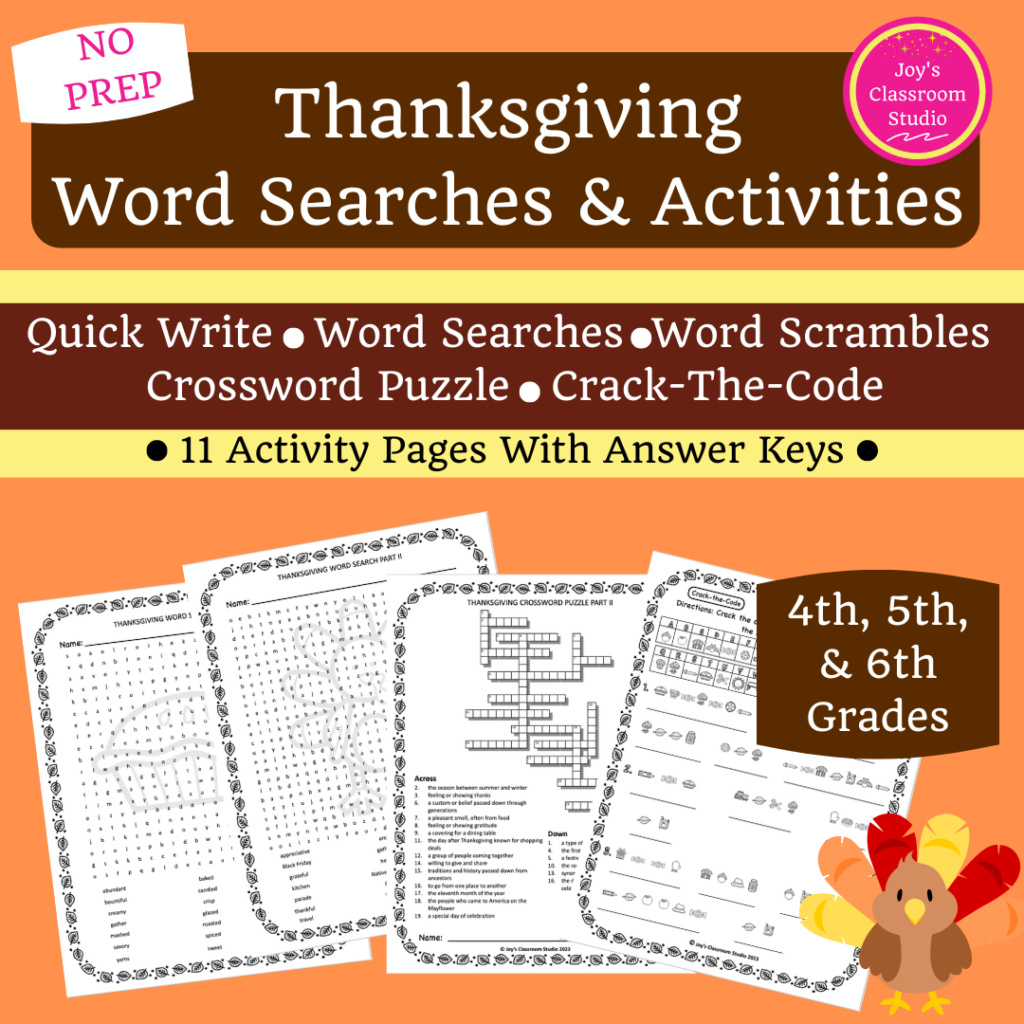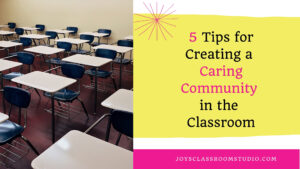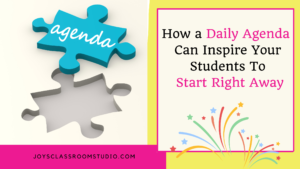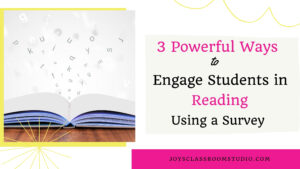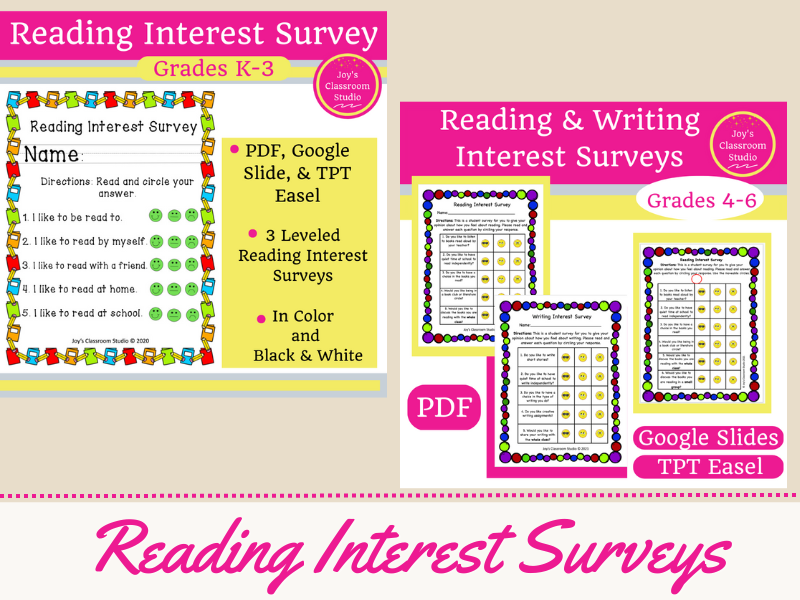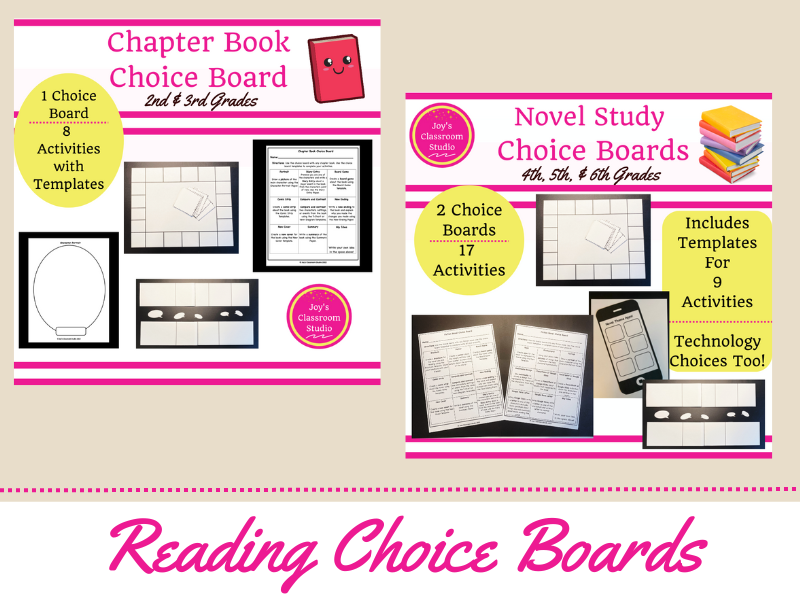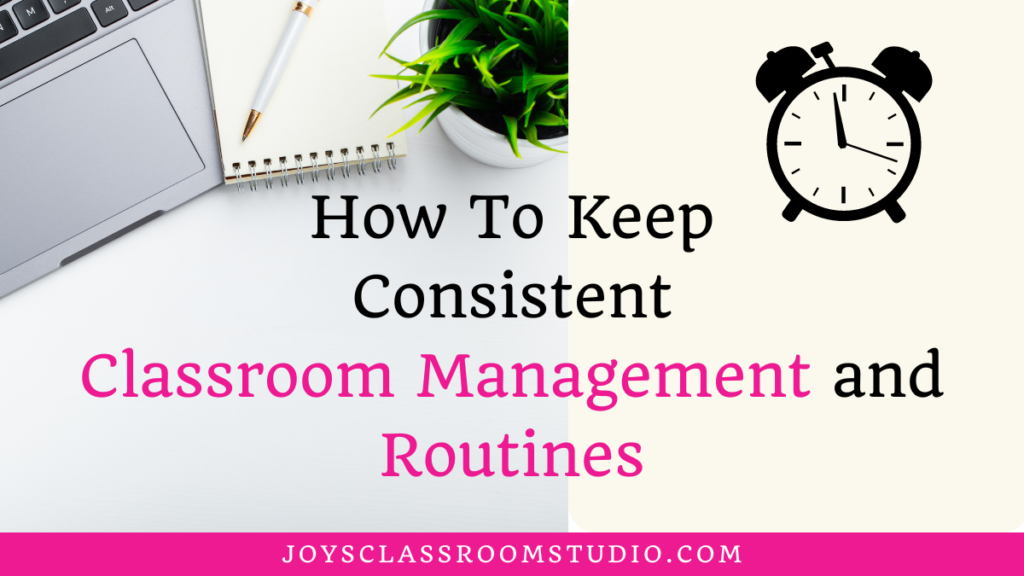
How To Keep Consistent Classroom Management and Routines
Introduction
How to keep consistent classroom management and routines in your classroom now that the back to school season is gone. This may be a question you are asking yourself right now. How do you stay consistent with your classroom management and routines? I know when people hear classroom management they think about a behavior management system where students pull cards or change clips. But, classroom management starts with being proactive and having routines and systems in place that will help you run an orderly classroom.
When the school year begins it seems as if you are swept up into a whirlwind and things are moving quickly. Most times you are excited and so are your students for the new back to school season.
But as the weeks go on students become more comfortable. Paperwork seems to pile up. It feels as though we have no time for planning. The overall theme may be that too many things are starting to come up with very little time to complete them. (If this is true for you read my blog post Taming Your Weekly Teacher To Do list for ideas on how to manage daily and weekly tasks.)
Don’t lose hope or give in! Now is the time to continue to step up and show up! Be consistent with your classroom management and routines! You will thank yourself in December when your class is still following the expectations.
In this blog post, I will discuss keeping consistent with reviewing expectations daily, keeping consistent with redirecting immediately, and keeping consistent with reminding students to do their best.
Keep Consistent With Reviewing Expectations Daily
It is important to keep consistent with reviewing expectations daily. This does not have to be a 20 minute lecture, we don’t have time for that! What I do is simply go over expectations at the start of each class period. I spend less than 5 minutes on this and it is worth it!
In reviewing expectations daily students are hearing what is expected when they enter my classroom. Often time students don’t know what to do in the classroom. Regardless of the student’s age we should never say “You are __ years old you should know how to do this.” Especially in middle school or in a school when students are going from classroom to classroom with different teachers and expectations.
Daily Agendas
I use daily agendas for all of my class periods to help students know as soon as they step into my classroom what I expect. The agenda is displayed on the Smartboard when students arrive in class. Students are to read the agenda so they know what is happening in class that day.
In the agenda, I talk about classroom management tasks that they need to complete. For example, the first task students do is to get started in their spelling workbook as their warmup. This sets the tone for the start of class. Students start working in my classroom immediately. I also list the standards and what they will be learning about in class that day and the projected outcome.
My agenda lists the class events in order from start to finish. Of course, there’s room for spontaneous moments but we largely follow the agenda (read my blog post How A Daily Agenda Can Inspire Your Students To Start Right Away for more information on what I do in my classroom). Displaying an agenda allows my students to know that I have a plan for class. And that nowhere on that agenda did I place being disrespectful or wasting time.
I am big on keeping the schedule and routine consistent by the week days. Students know on Thursdays that our main focus is to integrate the arts. They know that on Fridays they are either taking a story test or playing review games.
Voice Level Chart
When it comes to helping students keep the routine and know the expectations for class. I ask myself if I want to spend the rest of the school year correcting a certain behavior. For example, do I want to spend the entire school year telling students not to yell or scream in my classes? Of course not, so I have a voice level chart to help students know what voice level is expected and for what activity.
If I am giving instruction, the voice level is a 0 (no voices). If they are doing partner or group work it’s a 1 (whisper) or a 2 (regular voice) with their partner or group. I reinforce this by reminding students what the level means. If students are beginning to talk when I am instructing or if their group is becoming too loud during partner or group work.
Keep Consistent With Redirecting Immediately
It is important to stay consistent with redirecting immediately. That way students see that you “remember” the guidelines you set at the beginning of the school year in your classroom. When redirecting don’t yell just calmly say “Remember we are at a level 0 right now so you can get your work done” or “Don’t disturb your neighbor by talking, we have level 0 voices right now”.
It is also important to be consistent in redirecting all students. Don’t just redirect a few students because students will call you out on this. And rightfully so, they will see when you are just redirecting them while others are getting away with the same thing they just did.
Keep in mind, especially in middle school. Kids have a lot that they are dealing with and they have a lot to remember when it comes to each teacher’s expectations and routines. When I am redirecting a student I let them know that what may be acceptable in another teacher’s classroom may not be acceptable in my classroom. Teachers have different expectations and teachers run their classrooms differently.
Keep Consistent In Reminding Students To Do Their Best
Be consistent in having conversations with students about doing their best. Talk with them about setting goals for themselves. Especially if there are fun opportunities at school that are coming up for them to attend. Remind them of the criteria that will help them participate in these events.
Help students see the connection between doing their best and the expectations you have in place in the classroom. Explain why you have certain rules. For example in my classroom students can’t just get up and go throw away trash. I explain to students that trash is not an emergency and they can just throw it away when they leave the classroom.
I have this rule in place because quite often students really aren’t getting up to just throw away trash. Often they bump into another student, disturb someone who is working, and then deny that they did anything. It’s time wasters like these that I do not have time for in my classroom. Putting in place the expectation to throw away trash when they leave the classroom cuts out on these distractions.
Also, discussing with students about being respectful to their classmates by allowing them to learn is helpful. I talk with my students about how they don’t enjoy having others disturb them or disrespect them. This helps my students to understand that having routines and expectations in class helps to keep order. Students like to feel safe in class. They also like to stick to a schedule and know the routine.
If you have not read my blog post 5 Tips for Creating a Caring Classroom, you can read it here. I go into detail about the importance of (1) greeting your students when they enter your classroom, (2) fostering a sense of belonging for all of your students, (3) having classroom norms in place, (4) the importance of kind words spoken in the classroom, and (5) having high expectations for all students. These 5 tips go hand and hand with helping to keep consistent with your classroom management.
Conclusion
In conclusion, it is important not to give in or give up hope during this time of the school year. The newness of the back to school season has gone. The hard work has begun. Stay grounded and stay the course, you will thank yourself in December, January, and February when your class is still running smoothly and your students know the expectations. Remember to keep consistent with reviewing expectations daily, keep consistent with redirecting immediately, and keep consistent with reminding students to do their best!
Products I have in my TPT store for this time of year that you may be interested in!

